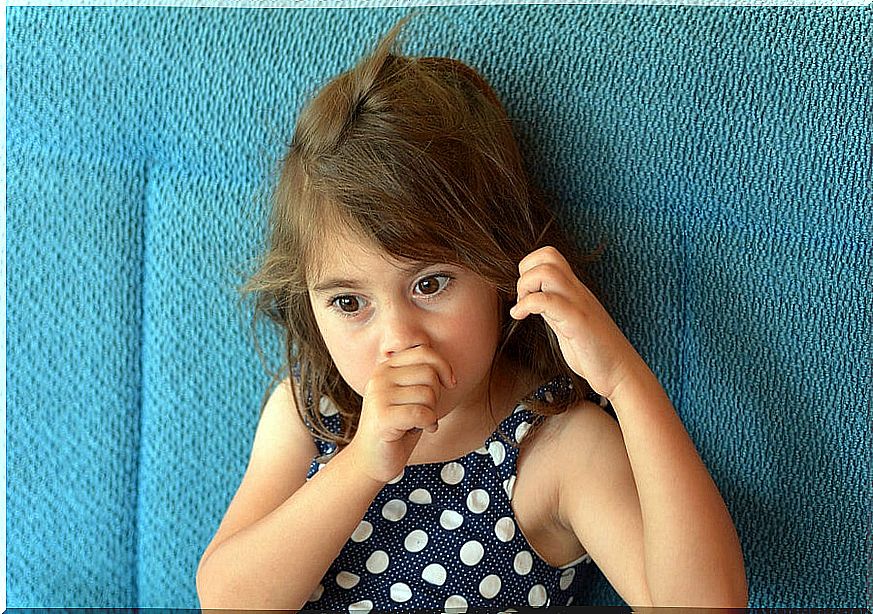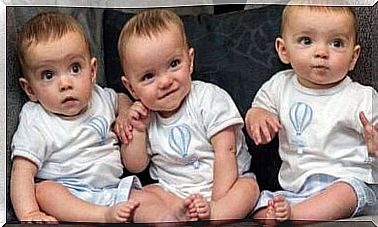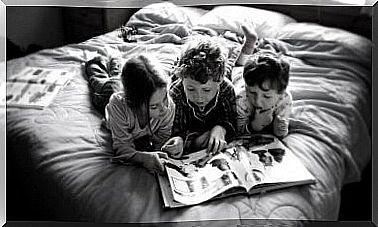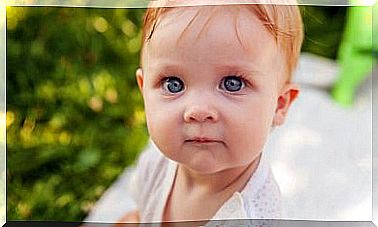Stereotypies In Childhood
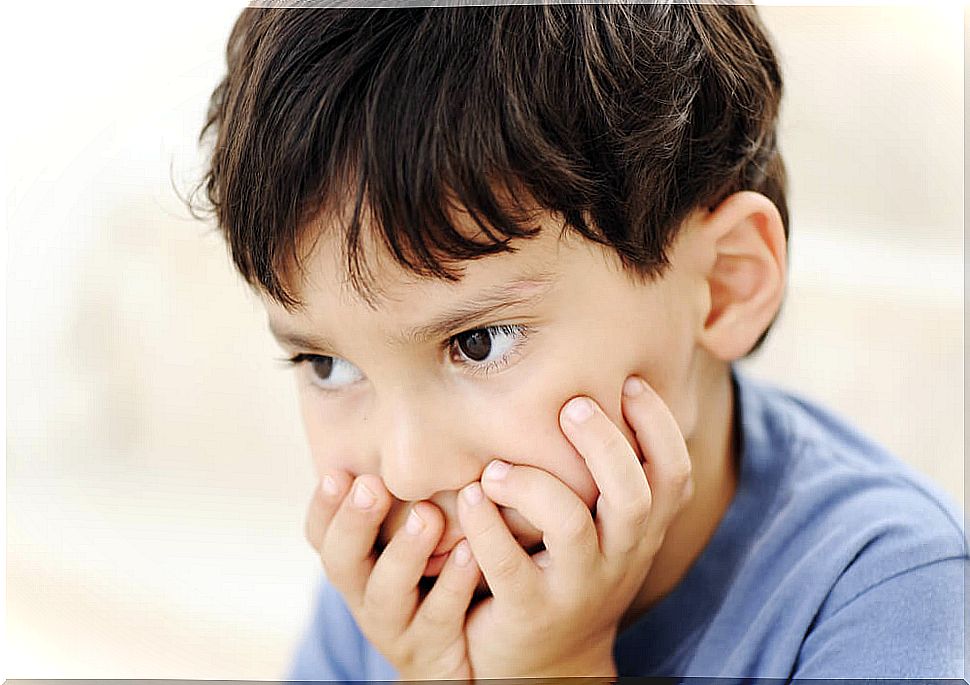
Stereotypes are basically repetitive movements that occur in childhood. Among others, they may include simple movements, such as body rocking, head shaking, finger tapping, or more complex oscillations. In any case, stereotypies in childhood are part of children’s development, so they should not cause special concern.
It is certainly a motor disorder that develops in childhood and involves purposeless repetitive movements. In fact, stereotypes in childhood tend to appear especially between the ages of 2 and 5, although, unfortunately for some children, they persist into adolescence.
Stereotypies are prolonged episodes of the same movement and generally occur more frequently in boys than in girls. On the contrary, the reality is that stereotypes do not cause any damage to the brain, but it is not yet known exactly what causes this disorder or why some children perform the movements.
In general terms, we are talking about behaviors that the person can control, that are repetitive and that have no functional purpose. Also, stereotypes can last from a few seconds to a few hours, and can happen many times a day.
These disorders often stay the same throughout development and can improve without treatment as children get older. When traveling by car, while eating or watching television are the most common situations where stereotypes can occur in childhood.
What are the symptoms of stereotypes in childhood?
Stereotypy is a repetitive movement, posture, or expression. They are usually simple movements, such as rocking the body, or more complex, such as caressing or crossing the legs. And it is that stereotyped behaviors can take many unusual forms.

These types of repetitive and purposeless movements are common in young children and do not indicate a serious movement disorder. However, complex stereotypical movements are much less common and only occur in 3 or 4% of children.
Therefore, this type of repetitive movement varies widely and occurs in each child independently. Repetitive movements can increase with moods such as boredom, stress, excitement, or exhaustion. Some children can stop their movements if attention is directed towards them or if they are distracted. Others simply cannot stop them.
Often children with autism engage in repetitive behavior such patterns, restricted and stereotyped. Also, motor stereotypies are commonly diagnosed in people with intellectual disabilities and neurodevelopmental diseases. But they can also be found in children with typical and normal development.
How can you combat stereotypes in childhood?
These types of movements usually appear for the first time in the first three years of life. The cause of stereotyped movement disorder is unknown, but there are several factors that have been linked to the development of this condition. Also, with certain medications, stereotypical movements can be generated but, in general, they disappear once the treatment is stopped.
Prescription drugs are not generally used in children with less severe forms of stereotypical movement disorder because the side effects may outweigh the benefits. As with many conditions that affect young children, early identification and treatment lead to better results and to fight this type of disorder directly.

Conclution
As you have seen, motor stereotypies can affect children at an early age and persist until at least adolescence. But they can be susceptible to behavioral therapy and some medications.
In any case, you should bear in mind that the vast majority of children respond well to self-help strategies and do not require specific treatments, since stereotypes tend to reduce with age and the passage of time.
However, if stereotypies interfere with performance at school, in relationships with friends or in the child’s daily life, it will be necessary to resort to a treatment to combat stereotypes in childhood.
